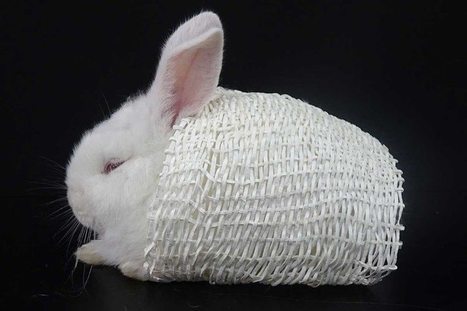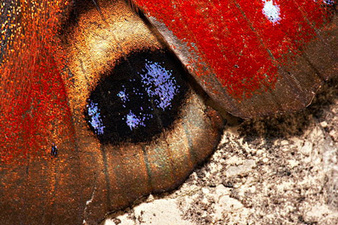"[...] Compared to many engineering materials, the substances/materials of biology do not have any especially outstanding characteristic. They are successful not so much because of what they are but because of the way in which they are put together. The bulk of mechanical loads in biology are carried by polymer fibres such as cellulose (plants), collagen (animals), chitin (insects, crustaceans) and silks (spiders's webs). The fibres are bonded together by various substances (polysaccharrides, polyphenols, etc.), sometimes in combination with minerals such as calcium carbonate (mollusk shells) and hydroxyapatite (bone). Their geometrical organization and the degree of interaction between them provide the means of tailoring properties for specific requirements, meeting the necessary functional performance."






 Your new post is loading...
Your new post is loading...

















